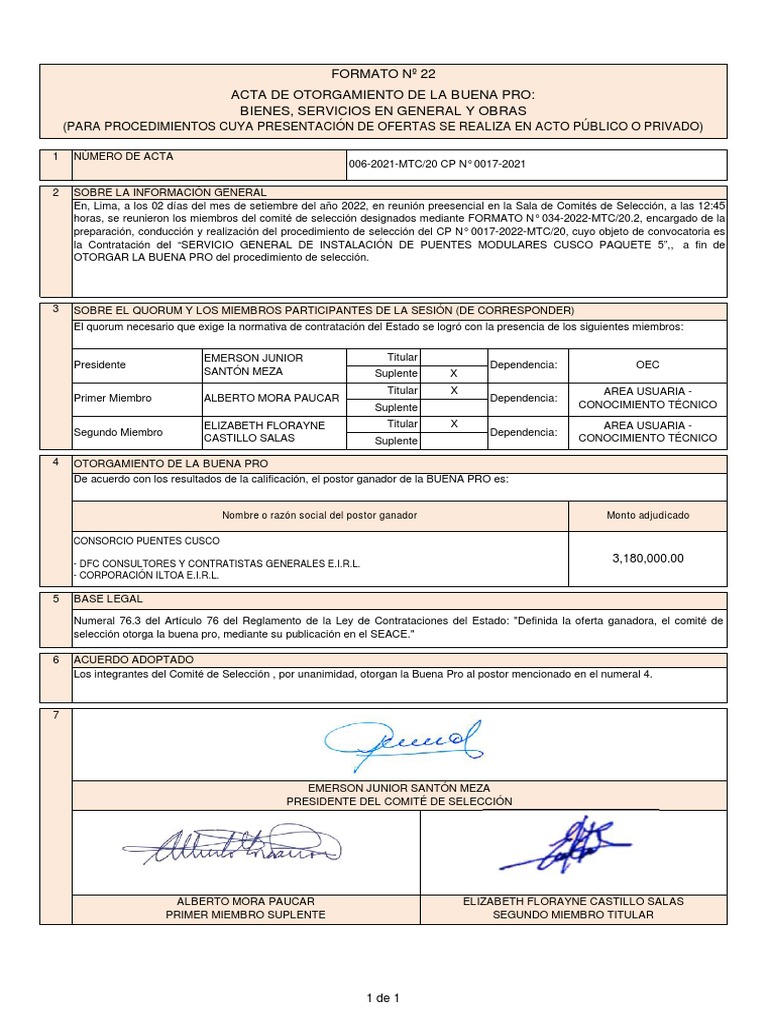Bond Market Crisis: Are Investors Missing The Warning Signs?

Table of Contents
Rising Interest Rates and Their Impact on Bond Prices
The Inverse Relationship
The bond market operates on a fundamental inverse relationship between interest rates and bond prices. When interest rates rise, the yields on newly issued bonds increase, making existing bonds with lower coupon rates less attractive. This leads to a decline in the price of existing bonds to bring their yields in line with the market. This dynamic is crucial to understanding the current risks in the bond market.
- Impact on Existing Bond Portfolios: Rising interest rates directly impact the value of existing bond portfolios. Investors holding bonds with longer maturities face larger potential losses than those with shorter-term bonds.
- Challenges for Fixed-Income Investors: Fixed-income investors, who rely on predictable income streams, face significant challenges. The decline in bond prices translates to capital losses, potentially eroding the overall portfolio value.
- Potential for Capital Losses: The risk of capital losses increases significantly with rising interest rates, particularly for investors holding long-duration bonds. Understanding interest rate risk is paramount in navigating this environment.
- Duration and Yield-to-Maturity: The duration of a bond measures its sensitivity to interest rate changes. Longer-duration bonds are more sensitive to interest rate fluctuations, leading to higher volatility. Similarly, yield-to-maturity, while seemingly attractive, needs to be considered alongside interest rate risk.
Inflationary Pressures and Their Effect on Bond Yields
Eroding Purchasing Power
High inflation erodes the real return on bonds, meaning the actual purchasing power of your investment diminishes. This is a significant concern for investors seeking to preserve capital and generate real returns.
- Impact of Unexpected Inflation Spikes: Unexpected inflation spikes can severely impact bond returns, as they reduce the real yield of the bond. This is because the fixed income payment remains the same, while the cost of goods and services increases.
- Inflation Expectations and Bond Yields: Market expectations of future inflation significantly influence current bond yields. Higher inflation expectations lead to higher bond yields to compensate for the loss of purchasing power.
- Mitigating Inflation Risk with TIPS: Inflation-protected securities (TIPS) offer a hedge against inflation. Their principal adjusts with inflation, providing a more stable real return compared to traditional bonds. Understanding inflation risk is key to mitigating losses.
Geopolitical Risks and Their Influence on Bond Markets
Uncertainty and Volatility
Geopolitical events, such as wars, political instability, and international tensions, introduce significant uncertainty and increase volatility in the bond market. These events often lead to shifts in investor sentiment and capital flows.
- Examples of Geopolitical Impact: Past geopolitical events, like the 2008 financial crisis or the recent war in Ukraine, have demonstrably impacted bond markets, causing sharp price swings and increased volatility.
- Investor Sentiment Shifts: Investor sentiment shifts rapidly during times of geopolitical uncertainty. This can lead to increased demand for safe-haven assets, such as government bonds, driving up their prices and lowering yields.
- Flight-to-Safety and Bond Yields: The "flight-to-safety" phenomenon is particularly relevant. During times of global uncertainty, investors often move their money to perceived safe-haven assets, typically government bonds, thus influencing bond yields.
Assessing the Creditworthiness of Issuers
Default Risk and Credit Ratings
Analyzing the creditworthiness of bond issuers is crucial to mitigating default risk. This involves understanding the issuer's financial health and the likelihood of them defaulting on their debt obligations.
- Role of Credit Rating Agencies: Credit rating agencies such as Moody's, S&P, and Fitch play a key role in assessing the creditworthiness of bond issuers. Their ratings (AAA, BBB, etc.) provide a measure of the issuer's credit risk.
- Interpreting Credit Ratings: Understanding the meaning of credit ratings is essential for investors. Higher ratings indicate lower risk, while lower ratings suggest a higher probability of default.
- Default Risk in Rising Rate Environments: The risk of defaults increases in a rising interest rate environment, as companies with high levels of debt struggle to manage their interest payments. This necessitates careful evaluation of high-yield bonds versus investment-grade bonds.
Conclusion
Several warning signs point to potential instability in the bond market: rising interest rates impacting bond prices, inflationary pressures eroding real returns, geopolitical risks causing volatility, and concerns about the creditworthiness of issuers. Investors need to carefully assess their bond portfolios and adjust their strategies accordingly. This might involve diversifying holdings, considering shorter-duration bonds, or incorporating inflation-protected securities. Don't let a potential Bond Market Crisis catch you off guard. Take proactive steps today to protect your investments. Actively monitor the market, understand bond market volatility, and consider seeking professional financial advice to navigate these challenging times and mitigate risks associated with bond market instability.

Featured Posts
-
 The Pacers Next Move What Mathurins Recent Statement Means
May 29, 2025
The Pacers Next Move What Mathurins Recent Statement Means
May 29, 2025 -
 El Compromiso Comunitario De Zaragoza Otorgamiento Del Diploma Europeo
May 29, 2025
El Compromiso Comunitario De Zaragoza Otorgamiento Del Diploma Europeo
May 29, 2025 -
 Prakiraan Cuaca 7 Hari Mendatang Sumatra Utara Medan Karo Nias Toba
May 29, 2025
Prakiraan Cuaca 7 Hari Mendatang Sumatra Utara Medan Karo Nias Toba
May 29, 2025 -
 Harry Hermione And Ron The Actors Cast In The New Harry Potter Tv Series
May 29, 2025
Harry Hermione And Ron The Actors Cast In The New Harry Potter Tv Series
May 29, 2025 -
 Tate Mc Rae Faces Backlash Over Collaboration With Morgan Wallen On Whats It Gonna Be
May 29, 2025
Tate Mc Rae Faces Backlash Over Collaboration With Morgan Wallen On Whats It Gonna Be
May 29, 2025
Latest Posts
-
 Analisa Singel Baru Miley Cyrus End Of The World
May 31, 2025
Analisa Singel Baru Miley Cyrus End Of The World
May 31, 2025 -
 End Of The World Miley Cyrus Tanggal Rilis Dan Prediksi Kesuksesan
May 31, 2025
End Of The World Miley Cyrus Tanggal Rilis Dan Prediksi Kesuksesan
May 31, 2025 -
 Miley Cyrus En Bruno Mars Plagiaatzaak Rond Hit Muziekstuk Wordt Voortgezet
May 31, 2025
Miley Cyrus En Bruno Mars Plagiaatzaak Rond Hit Muziekstuk Wordt Voortgezet
May 31, 2025 -
 Rechtszaak Miley Cyrus Aanklacht Wegens Plagieren Van Bruno Mars Hit
May 31, 2025
Rechtszaak Miley Cyrus Aanklacht Wegens Plagieren Van Bruno Mars Hit
May 31, 2025 -
 Plagiaatzaak Miley Cyrus Voortgezet Hit Lijkt Verdacht Veel Op Bruno Mars Nummer
May 31, 2025
Plagiaatzaak Miley Cyrus Voortgezet Hit Lijkt Verdacht Veel Op Bruno Mars Nummer
May 31, 2025
